Homeplus - Ganseok Branch [Tax Refund Shop] (홈플러스 간석)
9.6 Km 0 2024-04-22
971, Gyeongwon-daero, Namdong-gu, Incheon
-
Cafe Cha Chinatown Branch (카페 차 차이나타운점)
9.6 Km 0 2024-01-04
20 Chinatown-ro 59beon-gil, Jung-gu, Incheon
This is the Chinatown branch of Cafe Cha, famous for its Dalgona Milk Tea in Seongsu-dong. In addition to the representative menu items, Dalgona Milk Tea and Dalgona Coffee, the café also offers signature blended teas with pretty names such as Dasichaeum (one more fill), Hyanggiroum (fragrant), Neogeureoum (merciful), and Singgeureoum (refreshing). It also has a variety of dessert menus, with the most popular dessert being Dalgona Butter Salt Bread. The café has a large parking lot, and customers can use it for 90 minutes free of charge.
Incheon Chinatown (인천 차이나타운)
9.6 Km 127872 2023-11-08
20 Chinatown-ro 59beon-gil, Jung-gu, Incheon
+82-32-777-1330
Incheon's Chinatown came into being with the opening of Incheon Port in 1883 and Incheon's designation as an extraterritoriality of the Ching dynasty in the following year. In the past, the area held many stores trading goods imported from China, but currently most Chinese businesses in the area are restaurants. Today, the residents of Chinatown are mostly 2nd or 3rd generation Chinese, descendents of the early Chinese settlers. The area harbors many of the flavors of China, while the traditional culture of the first generation is preserved.
Jemulpo Gurabu (제물포구락부)
9.6 Km 25803 2023-11-10
25 Jayugongwonnam-ro, Jung-gu, Incheon
+82-32-765-0261
Jemulpo Gurabu (Club) was established in 1901 to be used as the venue for foreigners such as American, English, German, French, Russian and a small minority of Chinese and Japanese all living in Incheon to build up friendships before opening the port. The two-story brick building was comprised of a library room, pool table, tennis court and others facilities.
The site was used as Incheon Museum from 1953 to 1990 and Incheon Cultural Center from 1990 to 2006. In 2007, the name was changed to Jemulpo Gurabu, imphasizing the Japanese pronunciation of "club." It now offers a site for experiencing modern culture interactions.
Cheongil Jogyeji Stairway (청일조계지 경계 계단)
9.6 Km 1 2024-01-09
Seollin-dong, Jung-gu, Incheon
The border stairs of the Sino-Japanese Concession (an exclusive residential area set up for foreigners to live freely in ports opened for foreign trade) are located on a steep hill southwest of Jayu Park. It is a meaningful attraction with a history of about 120 years. The concession areas are divided into the Qing Dynasty concession on the left and the Japanese concession on the right with the stone stairs in the center. The buildings on the left and right clearly show each country's architectural styles and characteristics of the past.
Dongincheon Samchi Street (동인천 삼치거리)
9.6 Km 15715 2021-01-27
57, Uhyeon-ro 67beon-gil, Jung-gu, Incheon
+82-32-832-3031
Dongincheon Samchi Street is located in front of Dongincheon Station in an alley to the side of Incheon Educational and Cultural Center for Students. The street became connected samchi, or grilled seerfish, over 40 years ago with the opening House of Inha, a home-style restaurant. Originally, the street was not known for samchi, but it became one of the most popular menus at the restuarant, with many other shops in the area following in this trend. In 2002, it was designated as the grilled seerfish street and a signboard was put up at the street entrance. Currently, there are about a dozen grilled seerfish restaurants lining the street, and each restaurant has a unique signboard of its own. The fish are imported from New Zealand, and each restaurant offers a distinct taste resulting from different grilling methods and sauces. The restaurants also sell a variety of appetizers and side dishes at affordable prices.
Incheon Bridge (인천대교)
9.6 Km 33166 2019-08-28
3, Incheondaegyo Expressway, Jung-gu, Incheon
+82-32-745-8000
Incheon Bridge is the longest bridge in Korea with the 21.39km long. It is ranked seventh in the world for its bridge length, sixth in the world ranking as a 18.38km long cable-stayed bridge, and fifth in the world ranking for its 800m gap between two main towers.
The bridge connects between Yeongjongdo Island, developing an international distribution complex as well as international airport, and Songdo Island, growing an international business city, within 20 minutes. Also, it grants easy to access to Gyeongin Expressway No. 2 and 3, and Seohaean Expressway by shortening more than 40 minutes to arrive at Incheon International Airport.
Inhauijip (인하의집)
9.6 Km 17657 2024-02-16
57 Uhyeon-ro 67beon-gil, Jung-gu, Incheon
Inhauijip, established in 1968, is a beloved local fixture and is credited as the origin of Dongincheon Samchi (spotted mackerel) Street. Its standout dish is samchigui (grilled spotted mackerel), featuring thick slices of spotted mackerel grilled to achieve a crispy exterior and tender interior. This dish's rich flavor has won over a loyal customer base. Additionally, the Inhauijip Course, which includes sundubu jjigae (soft bean curd jjigae), is another crowd-pleaser among patrons.
Aritaum - Dongincheon Jungang Underground Branch [Tax Refund Shop] (아리따움 동인천중앙지하)
9.6 Km 0 2024-04-22
Store #46, #48, #50, #52, Jungang-ro, 117-15, Chamoejeon-ro, Jung-gu, Incheon
-
Hanjungwon (한중원)
9.7 Km 0 2024-01-04
12 Chinatown-ro 59beon-gil, Jung-gu, Incheon
Hanjungwon is a Chinese-style garden built to commemorate the establishment of diplomatic relations between Korea and China, making it a great place to rest after looking around Chinatown. It was created with the motif of the garden style of the Suzhou region in the mid and late Qing Dynasty. Plants native to China are planted, such as bamboo, roses, and peonies, giving it an exotic atmosphere. There are human figures wearing traditional Chinese costumes on both sides of the entrance, making it a famous photo zone.
![Homeplus - Ganseok Branch [Tax Refund Shop] (홈플러스 간석)](http://tong.visitkorea.or.kr/cms/resource/48/2882448_image2_1.jpg)
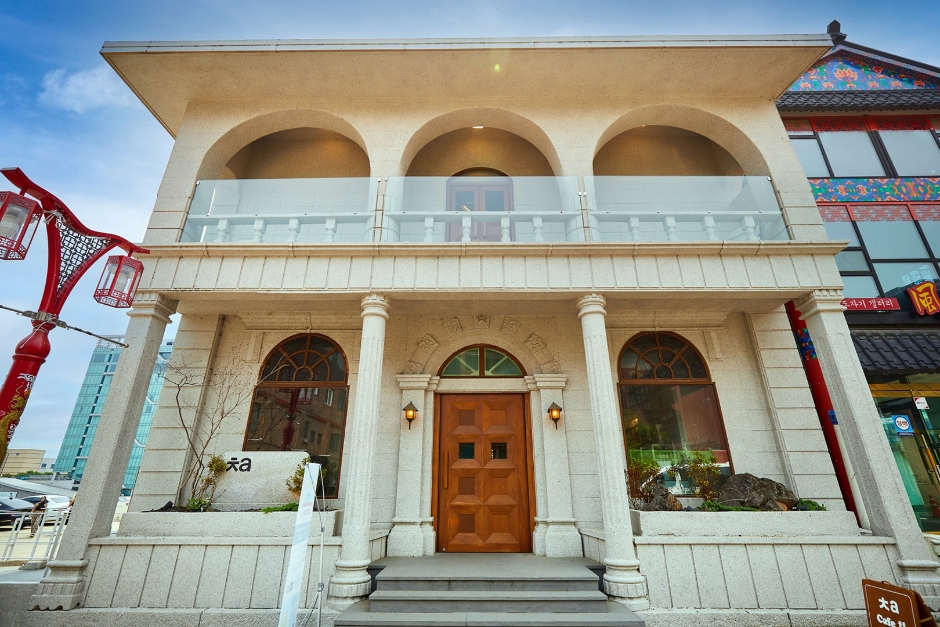

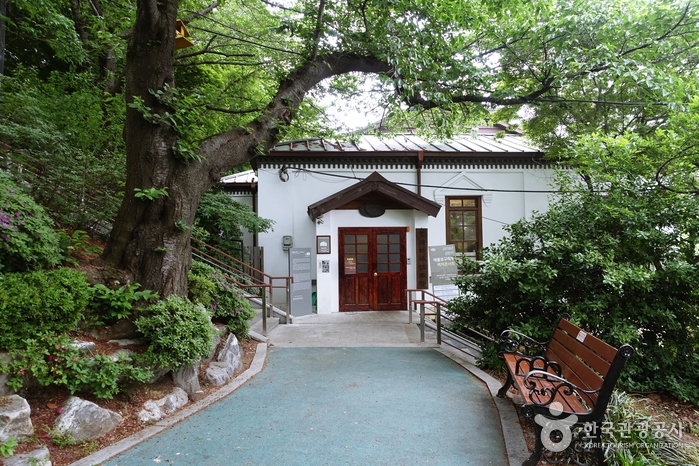
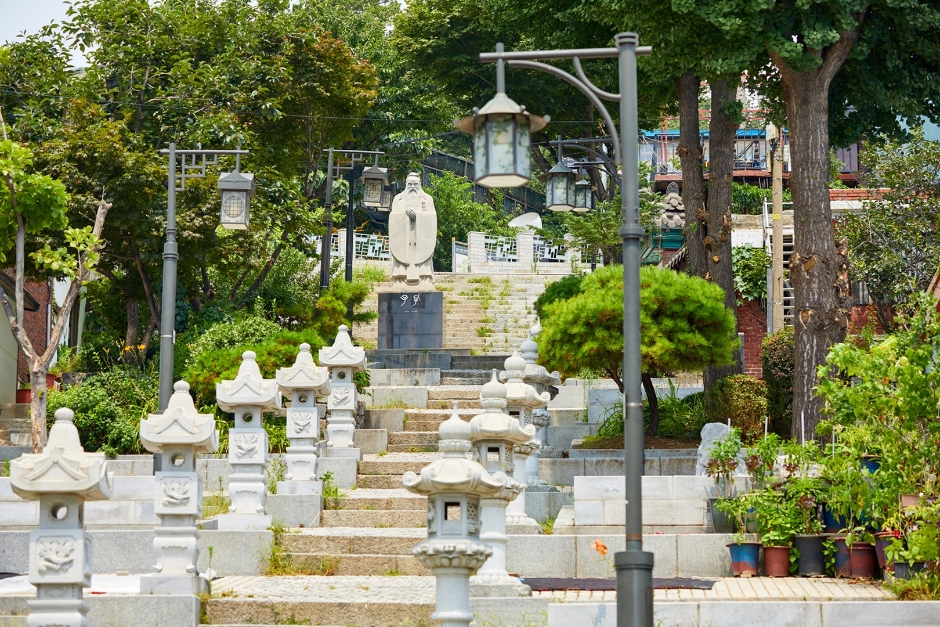
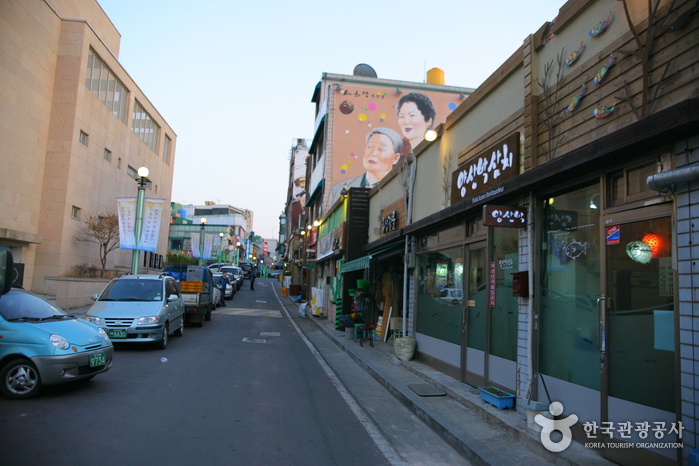
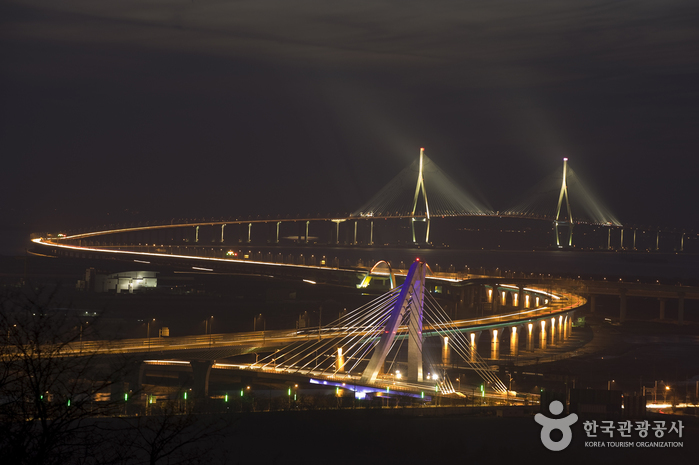
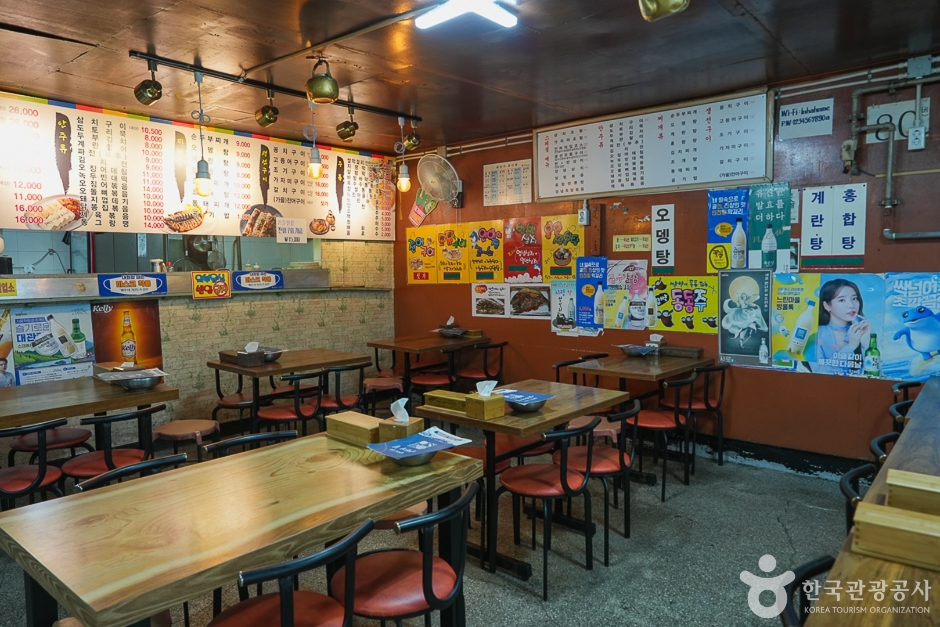
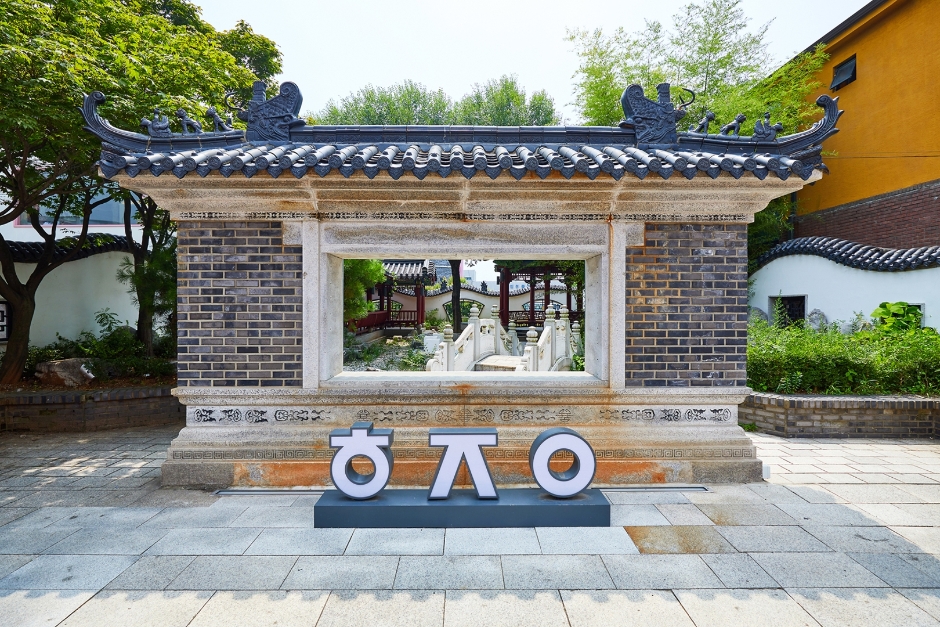
 English
English
 한국어
한국어 日本語
日本語 中文(简体)
中文(简体) Deutsch
Deutsch Français
Français Español
Español Русский
Русский